i got this late 60's 102'x56' pole barn/shelter.
The poles are set 11'center squire.
The purlins(nailed with 3 spikes each end)to the poles.
rafters are 2x6,4' apart,then 1x8 boards across and metal roofing on top.
The highest part is 16' feet high and runs the full 102'lenght. the roof there spans 22' between the poles.(look at the dinky construction of the rafters)
I got between 1 and 2.5' of snow on it now,i wonder how much it'll hold before it'll come south No deflection of rafters or purlins detected yet
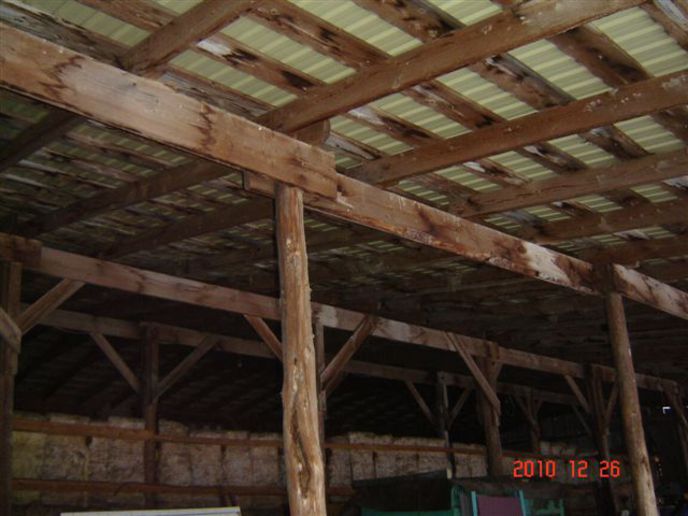
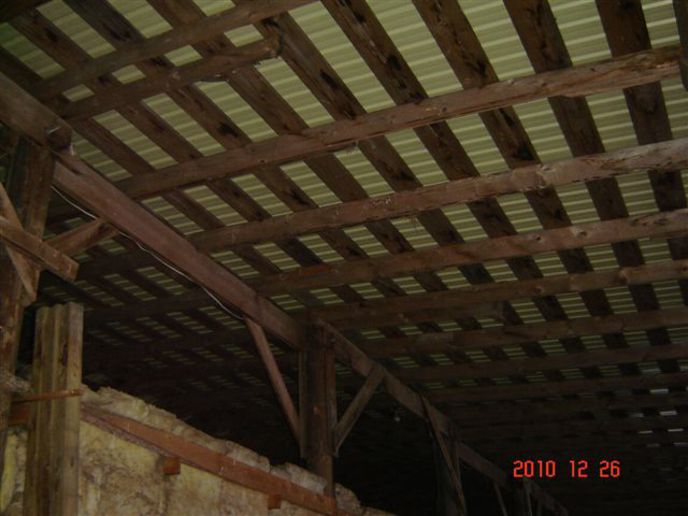
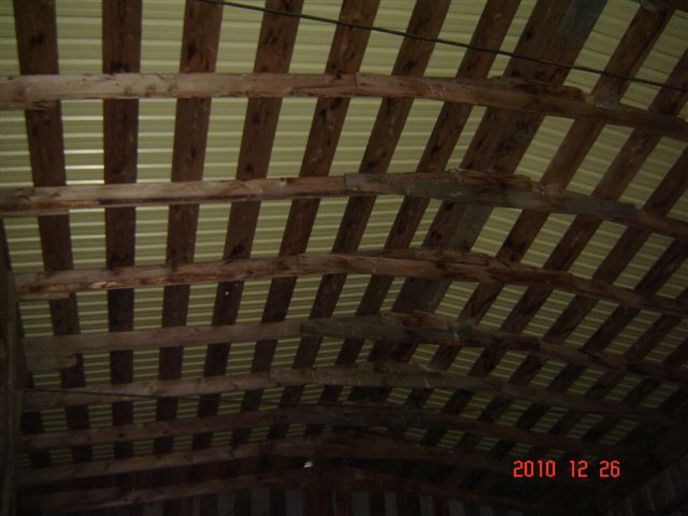
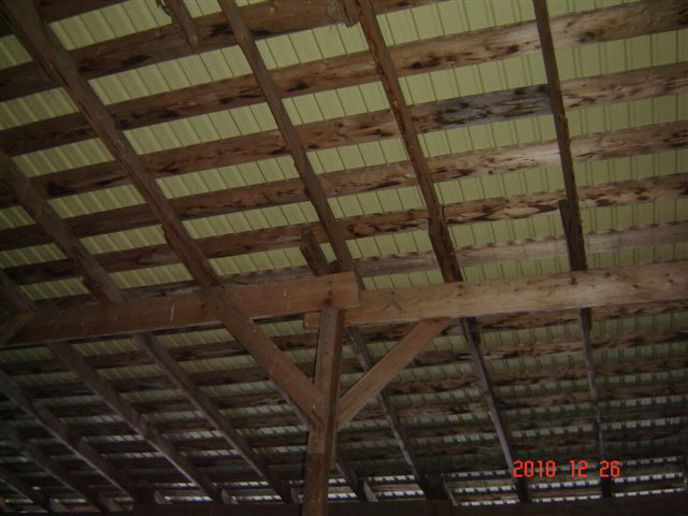
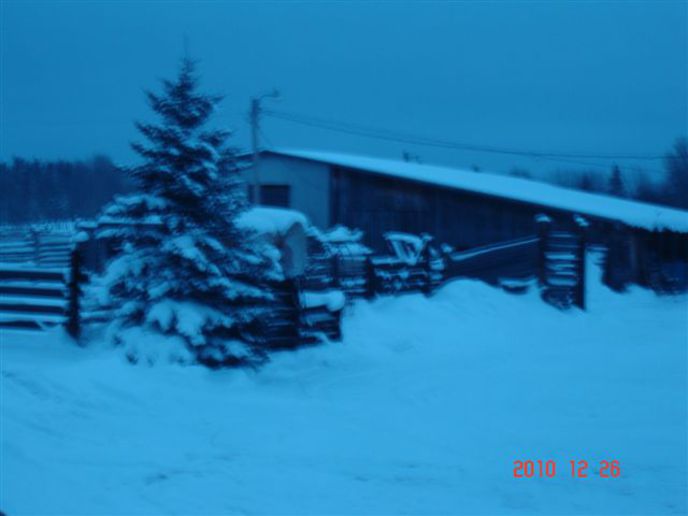
The poles are set 11'center squire.
The purlins(nailed with 3 spikes each end)to the poles.
rafters are 2x6,4' apart,then 1x8 boards across and metal roofing on top.
The highest part is 16' feet high and runs the full 102'lenght. the roof there spans 22' between the poles.(look at the dinky construction of the rafters)
I got between 1 and 2.5' of snow on it now,i wonder how much it'll hold before it'll come south No deflection of rafters or purlins detected yet






